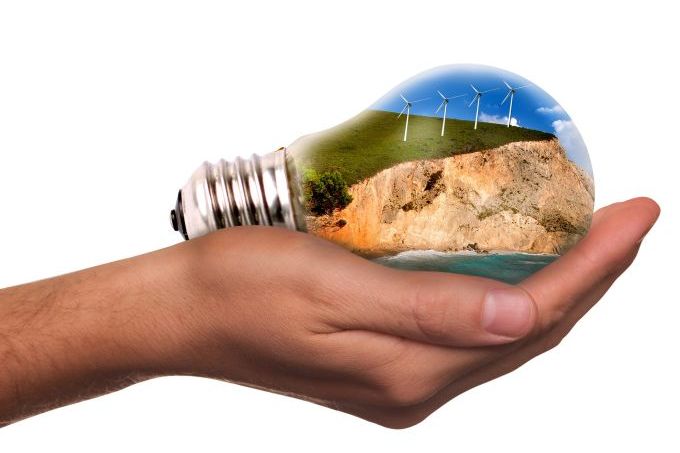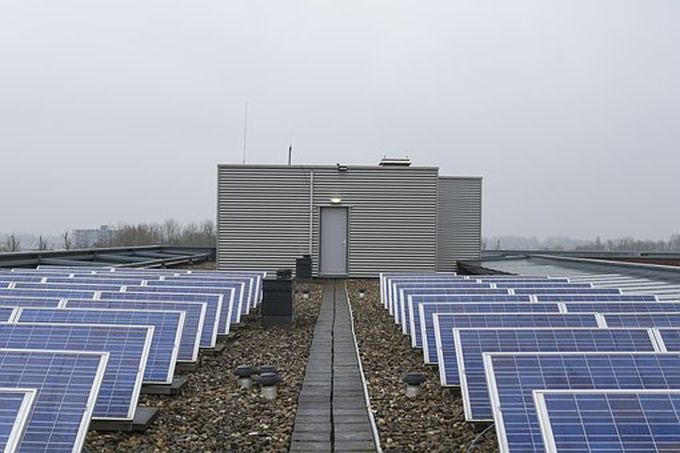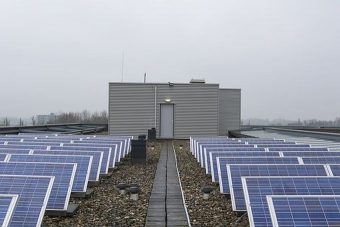
National Grid is contemplating the creation of a fast charging network for the UK and Wales. Scotland may also get a similar system. The chargers would have up to 35o kW of power. The company’s research indicates it would only take 50 charging locations to put high power charging within 50 miles of 90% of drivers in the UK.
“We want to show that infrastructure needn’t be a barrier. This is not about National Grid charging vehicles, but National Grid enabling the charging to happen. Range anxiety is consistently given as a major reason as to what deters consumers from buying EVs and we have a solution that addresses this,” a spokesperson for National Grid has told the Financial Times. That’s according to a report by Autocar, which apparently has a subscription to Financial Times.
What is interesting about this plan is that National Grid has recognized there is a congruence between transportation corridors and high voltage transmission lines. Where there are highways, transmission lines are typically not far away. That means National Grid can tap into those lines to provide power for the charging stations without putting a strain on the local utility grid.
“If you overlay the motorway network over the transmission network, there is a synergy. The electricity transmission network runs close to motorway network and likely to be the most efficient connection at many sites. In terms of how you space rapid chargers; 50 miles was used in the autonomous vehicles bill. When we mapped England and Wales with the grid, 90% of people the user network would be within 50 miles of a rapid charger,” according to the spokesperson.
“We think the rollout of the charging points should be structured and coordinated. Rather than connecting one customer at a time and having a piecemeal approach, provide the infrastructure in a coordinated way. Our solution is about future proofing; not just for cars but for light goods vehicles and trucks in the future.” There would actually be 100 charging locations, 50 on one side of highways and 50 on the other.
National Grid will not operate the chargers themselves. That task will be handled by local providers. But it will get to sell the electricity needed to operate the chargers. Utility companies are in the business of selling electricity. It’s what they do. The system could cost up to £1 billion to install, but National Grid obviously figures upgrading the local infrastructure would cost even more. That cost could come down as new technology becomes available.
Matthew Trevaskis, head of electric vehicles at the Renewable Energy Association, says, “This is an important milestone for the development of a strategic, accessible, and reliable electric vehicle charging network in the UK. National Grid will play an increasingly crucial role in EV rollout and it is excellent to see some big-picture thinking from them on this issue. It is now up to Government and regulators to build on the excellent work done to date and to implement documents such as the Smart Systems and Flexibility Plan.”
And so another step forward in the electric car revolution begins. There is a long way to go yet, but linking high speed chargers to high voltage transmission lines is a creative approach that other utility companies should consider.
Source: cleantechnica.com


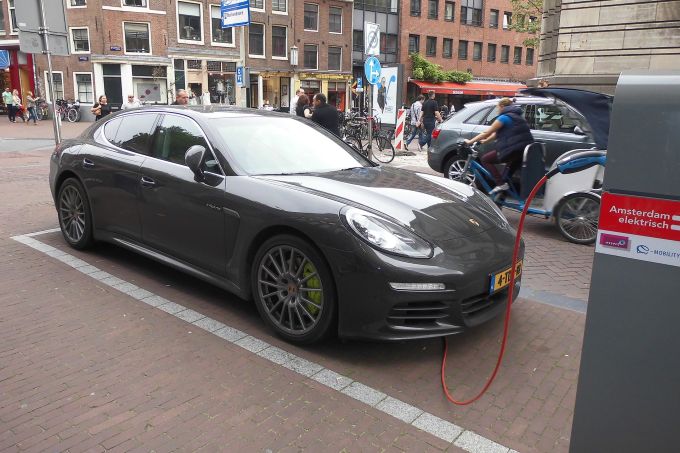
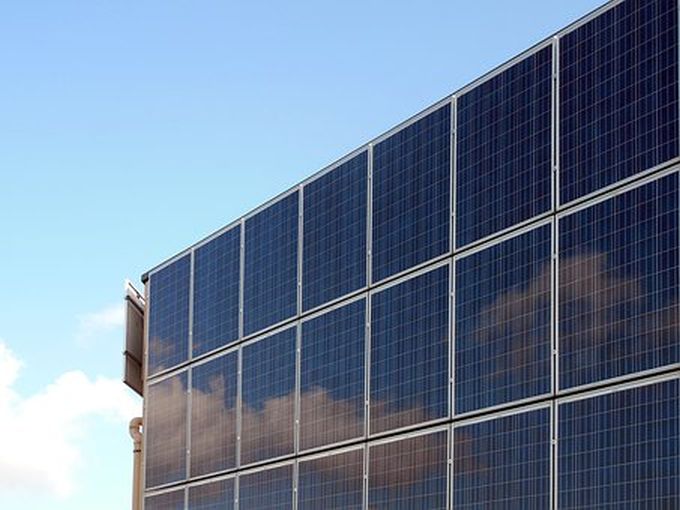



 For example, the concentrations of PM2.5 and PM10 are significantly higher than the limit values which
For example, the concentrations of PM2.5 and PM10 are significantly higher than the limit values which  from the monitoring station located in New Belgrade are taken for the annual calculation instead of taking the data from all monitoring stations. Through this project, we tried to figure out what is the difference between personal exposure to particle pollution in relation to what the monitoring stations have recorded.”
from the monitoring station located in New Belgrade are taken for the annual calculation instead of taking the data from all monitoring stations. Through this project, we tried to figure out what is the difference between personal exposure to particle pollution in relation to what the monitoring stations have recorded.”


